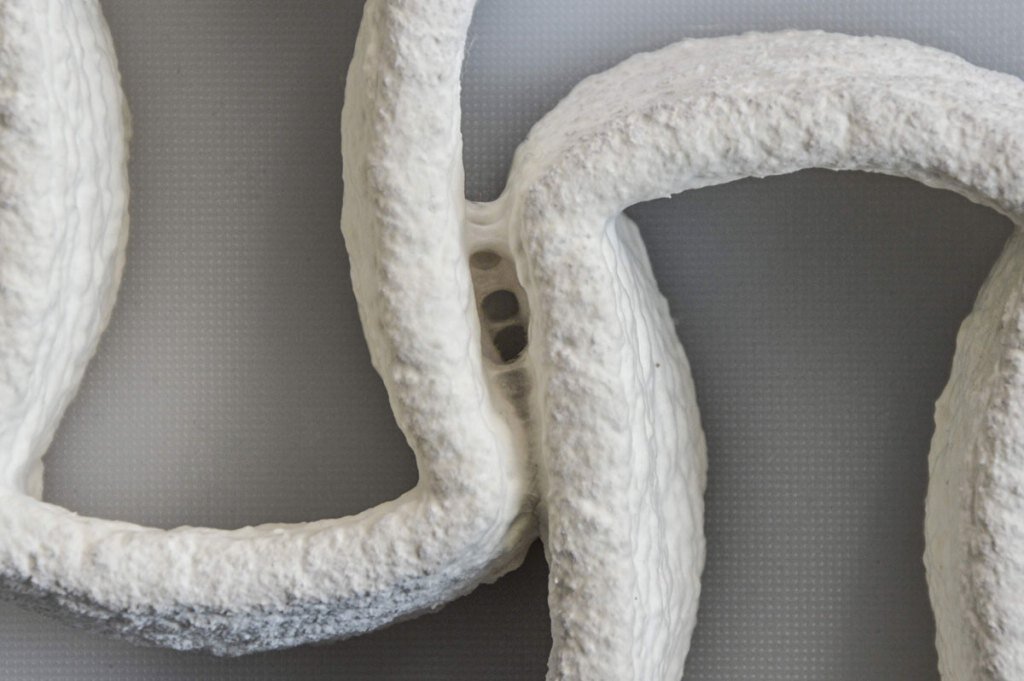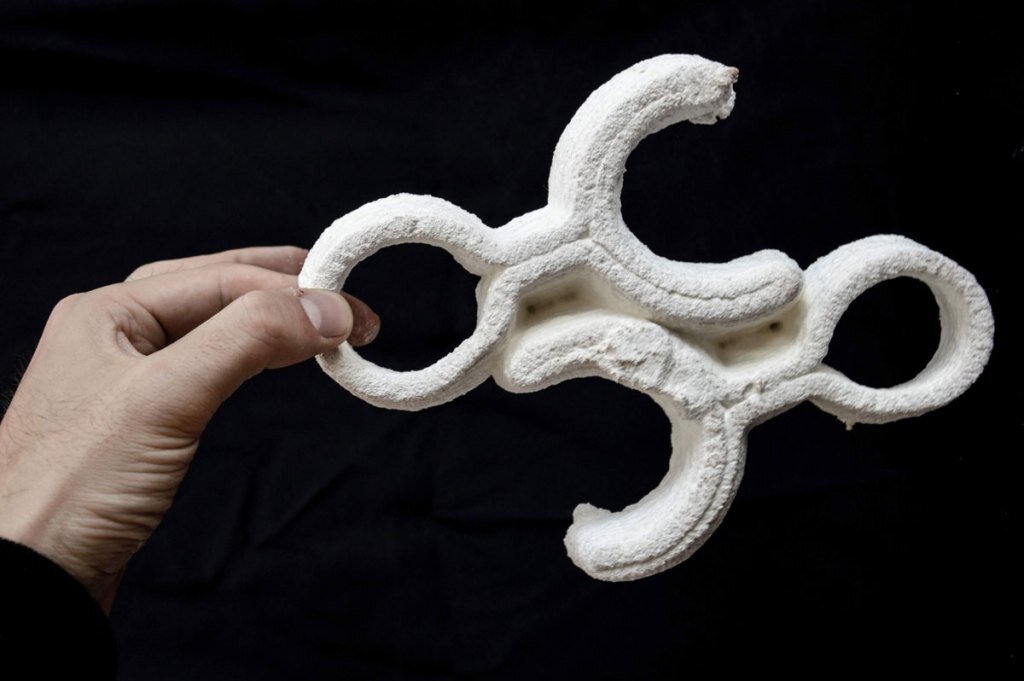Altered Surfaces: How does the coronavirus pandemic change the way we think about surfaces?
The first and foremost message Unbore has in these uncertain times is that we hope you are well and staying safe.
Anti-bacterial creams, soaps, sprays: they are in great demand and nowhere to be found. All because of the pandemic that went from ‘talk of the day’ to our new reality. I wash my hands whilst humming ‘happy birthday’ twice, many times a day, and try to be as mindful as possible about my own movements. But aside of all the things I can do, one big question arises when I receive objects from the ‘outside’: will I bring in SARS-CoV2 as an unwanted guest, living on a surface? Every day there are new (often conflicting) reports stating how long the virus can stay active, traceable in the air, and alive on different types of surfaces. News reports instill a stronger awareness of the presence of microbes, the micro-organisms that cannot be seen with the naked eye. Unfortunately, and logically, the awareness tends to go hand in hand with fear.
In this article the focus will not be on pathogenic microbes, the microscopic organisms that are able to cause a disease such as COVID-19. Instead, here are some bioart projects with a positive take on microbes. They offer a much-needed and hopeful message on the relationship between the human and microbes.
Printing, Placing, Growing: Biofabricating
Mutations / Créations 3 by Officina Corpuscoli and Co-de-iT, 2019, © The Artist
The photo shows the “Mutations/Creations 3” as part of the exhibition Designing the Living at Centre Pompidou in Paris, 2019. The creations are experiments that are part of the research project BIO Ex-Machina, a collaborative project by Officina Corpuscoli and Co-de-iT (2016-present). It is a trans-disciplinary design project in which living microbes, robotic behaviour, and digital algorithms are brought together to form a process of ‘biofabrication’. Using 3D printing techniques, the biological agent adds a transformative component to the process changing it into a 4D print. The designs grow and evolve in different configurations. You can find a video on the process in our interview with Margherita Soldati.
Officina Corpuscoli and Co-de-iT are currently experimenting with a process they identify as BIOWELDING.
The living artefacts are assembled to grow or intertwine together, forming a strong bond of biological joinery. BIO Ex-Machina’s innovative growing artefacts could play a part in humanity’s endeavour of space exploration and building processes in outer space. The living designs might even end up in your home as a chair or room-divider. With its growing capacity, the altering surface can be an inspirational and surprising addition to your home!
Microbial Food for Future Space Travel
Zuhal by Neri Oxman, 2014, © The Artist
Zuhal is part of ‘Wanderers, An Astrobiological Exploration’ by Neri Oxman (2014), a collection of speculative wearables for space travel or ‘interplanetary pilgrims’. It is designed to house bacteria that can convert hydrocarbons into food. The wearables are all designed to work in particular environments in outer space. Zuhal is geared towards Saturn’s wanderer and is named after the Roman god of agriculture for which Neri Oxman used the Arabic name Zuhal. Taking the vortex winds on Saturn into account, the wearable is covered with a dense hairy structure that houses bacteria converting the hydrocarbons into edible matter. Speculative design like the wearables in this collection can help envision a situation in which inhabitable spaces become endurable. Using innovative technologies whilst contemplating a potential role for biomass or microorganisms could be exactly what we need for our future livelihood.
Growing Colour
Streptomyces Coelicolor by Faber Futures, © The Artist
Assemblage 002 by Faber Futures, 2019, © Cooper Hewitt Museum, New York
Assemblage 002
Many of us are familiar with the usage of biological products for colouring purposes. Pigments have been produced with natural products for centuries. It is Natsai Audrey Chieza who takes this to a whole other level. She founded Faber Futures, a “futures agency operating at the intersection of nature, design, technology and society”, and developed bacterial dyes in project Coelicolor (2011-present). Assemblage 002 (2019) is part of this project, commissioned for the Cooper Hewitt Museum in New York. It is a reversible silk coat, dyed by using pigment-producing bacteria. Through their research they have generated the skill of creating a reliable predictive model for the colours before it is grown. Using bacteria as ‘co-designers’ and being able to grow the colour directly onto the textiles can minimise the water usage in the process of dying textiles. On top of that, every item of clothing will be unique!
The knowledge that microbes can have such positive transforming effects on an aesthetical, structural and environmental level shows that not all microbes are pathogenic or unwanted. These projects can give hope and inspire many of us to pursue all the great qualities of microbes and their potential future function in our societies.
For those who do want to make sure to be able to eliminate some unwanted microbes for now, we offer a hand sanitizer recipe you can make at home, approved by the World Health Organisation: Hand Sanitizer Recipe.
Stay healthy, mindful, and curious!






